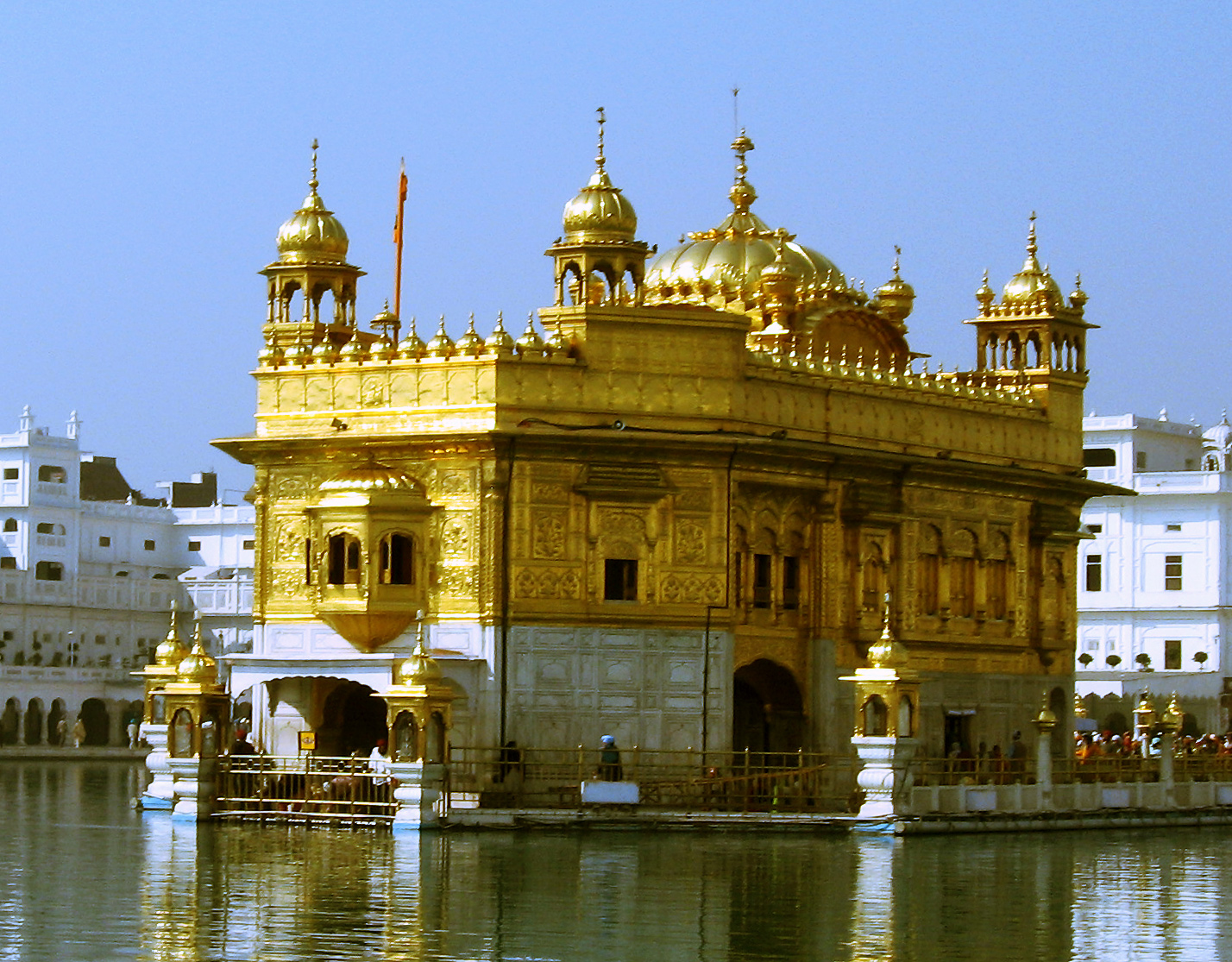The Essential Guide to Sikh Weddings will provide you with the in-depth information you need to plan everything about a Sikh wedding – from the religious rituals to the clothing and food. Check out the rest of the series here:
Introduction – You are here!
Sikhism is a religion originating in the Indian subcontinent that has over 30 million followers worldwide. The majority of practicing Sikhs reside in the Indian state of Punjab, where the first Sikh Guru Nayak resided.
Ten Gurus of Sikhism; Photo via www.dollsofindia.com
The word “Sikh” means a follower in Sanskrit origins. Sikhs follow the teachings of Guru Nanak ahd the Ten Gurus of Sikhism that lived among the people during his time.Sikhs believe in the oneness of life and God and in living a pure life, as per the religion’s teachings recorded in the holy scripture Guru Granth Sahib.
Marriage is considered one of these necessary responsibilities of Sikhism. Sikhs believe the holy union brings one closer to God and happiness. Marriage is the highest form of love – love of the Divine. Married life is celebrated and grants equality to women, who run the household and are highly respected as mothers.
The Anand Karaj, a legally recognized Sikh marriage ceremony since 1909, is the Ceremony of Bliss and joins the newlyweds together.
In Sikh weddings, the bride represents mankind. Before marriage she is pining for God and happiness and seeks to wed, a representation of mankind’s desire to merge with the Divine. A bride is deemed gunvantee, or virtuous, because of these desires.
The bride’s journey to prepare for the wedding – from the very announcement that she is seeking a husband to the nuptials themselves – are a spiritual quest to enlightenment. The bride wears makeup to enhance her features, adorns expensive jewelry, and helps her family and friends make the arrangements all to ensure her good fortune in marriage.
Unlike Hinduism, Sikhism does not encourage dowries in marriage, believing that women are entitled to equality as individuals and are not to be treated as objects or lower class citizens. Both men and women partake in the spiritual journey of the Sikh marriage, but only the woman is given the honor of representing mankind’s spiritual quest from the beginning.
Unfortunately, Sikh society contains just as much patriarchy as the modern world – with men holding the power to grant women equal rights. However, the strong symbolism of the Sikh bride provides many opportunities for rich cultural ceremonies that depict this journey and her growth in marriage.
The Golden Temple – the holiest Sikh gurudwara, temples where weddings are often held; Photo via Wikipedia
Like many Hindu weddings, Sikh weddings last several days and are community-wide events. Arranged marriages are still the norm in rural communities, but modern societies have evolved into love marriages. Regardless, parental consent and family involvement is critical to the marriage proceedings. Parents of both the bride and the groom often pay for the wedding itself and the gifts involved; they are also heavily invested in the planning process.
Marriage is the most important social institution in Sikh culture, giving way to families, communities, and more. This guide will explore the step-by-step process of these ceremonies, including details on the food served and the clothing worn.


